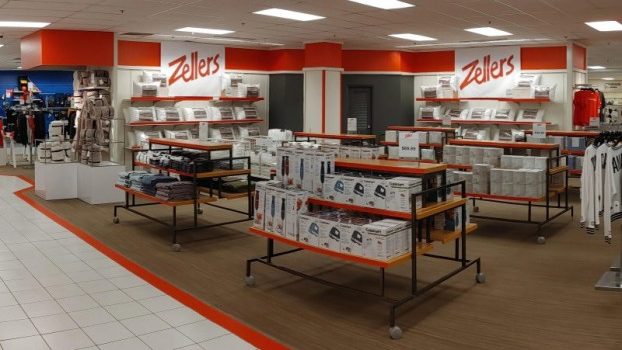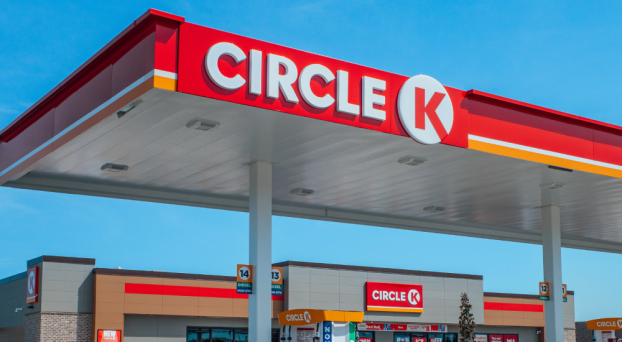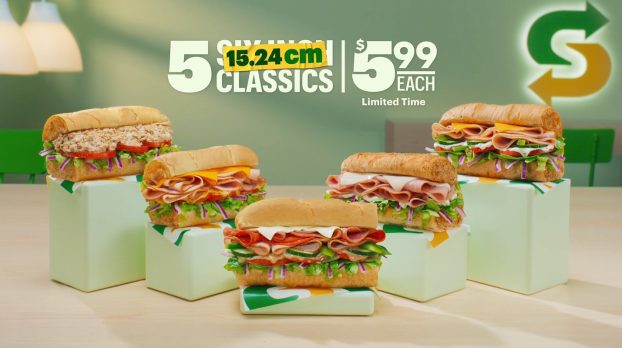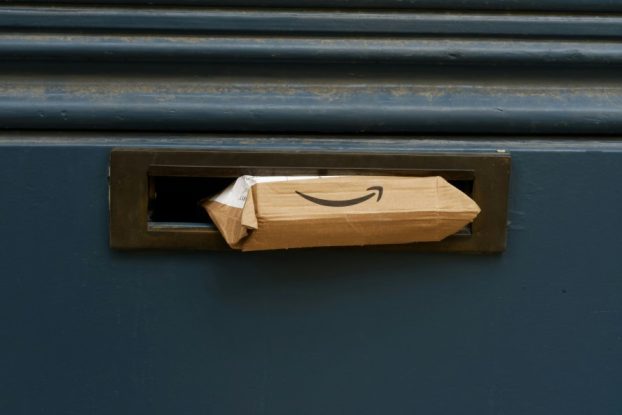By Marco Vigliotti
This story originally appeared in the Spring 2021 issue of strategy.
Grocery stores are bolstering their prepared food and meal kit offerings to access restaurant-starved customers amid the pandemic. However, industry analysts and insiders say grocery retailers may need to continue investing in e-commerce and the pick-up experience to ensure their success when the crisis eventually subsides.
Dine-in restaurants, especially independent establishments, have been hard-hit by COVID-19, with stringent public health measures and fears over the virus forcing them to close or significantly scale back operations. In Toronto, dining in has been prohibited by the provincial government since November.
Amid the crisis, restaurants have largely pivoted to serving prepared meals or meal kits to maintain revenue – and many grocery stores have followed suit, improving their takeout offerings to compete and offer an alternative to cooped up customers.
Some are even partnering with local restos or hiring high-profile chefs to stand out in the crowded culinary space. For instance, Summerhill Market recently hired Toronto-based Ted Corrado (known for his work with The Drake properties) as executive chef, overseeing the more than 700 items prepared daily by its in-house commissary.
 Over at Empire, the Sobeys parent company’s Voila recently partnered with Oliver & Bonacini (O&B) to offer a “gourmet culinary experience” to its online shoppers. Meals are adapted by the upscale caterer – from Maison Selby’s French Onion Soup, to Leña’s Piri Piri Chicken – and prepared in Farm Boy test kitchens for home delivery in the Greater Toronto Area.
Over at Empire, the Sobeys parent company’s Voila recently partnered with Oliver & Bonacini (O&B) to offer a “gourmet culinary experience” to its online shoppers. Meals are adapted by the upscale caterer – from Maison Selby’s French Onion Soup, to Leña’s Piri Piri Chicken – and prepared in Farm Boy test kitchens for home delivery in the Greater Toronto Area.
“We really believe that the meal category is one where we still need to be more innovative,” says Sarah Joyce, SVP of ecommerce at Sobeys. By partnering with O&B chefs, she believes Voila is able to differentiate itself in the delivery space. Joyce says there is opportunity for those who value the ease of reheating, which takes out steps that are in other meal prep programs. “It is actually something that we think customers will really, really value,” she says, adding that the proof is in the pudding – within 24 hours of launching the O&B offering, it sold out.
Meanwhile, Toronto-area grocery chain Longo’s is expanding its “Longo’s Takeout” meal options, rolling out a service that allows customers to order meals online for pickup or delivery. (Empire, which recently purchased a majority stake in Longo’s and Grocery Gateway, says it will continue to invest in the grocer’s ecommerce offerings, with plans to have the delivery platform be a standalone business from Voila.) Loblaws also expanded its meal kit offerings by 30 recipes, offering ready-to-make meals from several local restaurants to customers in the GTA.
Kevin Lund, a food industry analyst and CBO for communications firm DCM, says while customers will flock back to restaurants after the pandemic, these grocery meal offerings will continue to have an audience, namely busy families and others on-the-go. But before they become broadly popular, he says more price-sensitive customers must begin to see these products as suitable dinner options – not mere extensions of fast-food takeout.
And for this to happen, big grocery chains must position these meals as part of a “scaled offer” that maximize the advantages of their large retail footprint, making it easier for customers to not only pick up the food but also to differentiate it from the rest of the store’s offerings, according to Lund.
“When we emerge from [COVID-19], our kids are going to go back to playing sports… back to taking dance classes, and the big grocers can capitalize on this grab-and-go mentality of trying to get the kids to or from practice or lessons,” he explained.
“[The big chains] have the real estate… the entry and egress, the parking lot. All they have to do is enhance the current click-and-collect offer and really build the physical structures and drive-thrus.”
 The industry may already be headed that way. Walmart recently partnered with Ghost Kitchens to offer prepared meals from a mix of 20 QSRs and CPGs – including the Cheesecake Factory and Beyond Meat – in several of its big-box stores.
The industry may already be headed that way. Walmart recently partnered with Ghost Kitchens to offer prepared meals from a mix of 20 QSRs and CPGs – including the Cheesecake Factory and Beyond Meat – in several of its big-box stores.
Lund says logistical and physical changes to how customers access prepared meals or kits at grocery stores – such as carving out space at the front of stores and improving click-and-collect” – are crucial to creating an experience that will help reduce the stigma with fast-food. “If [grocery chains] do it with scale, and it’s a value proposition that’s connected to their master brand, that’s when it’ll be part of our ingrained behaviour. We won’t see it as takeout food. We’re going to see it as grocery-to-go food. We’re going to call it ‘meal solutions,’” he explained.
Patrick Watt, a food service expert and senior partner at J.C. Williams Group, says grocery stores offering prepared meals and kits (or home meal replacements as they are also known) is hardly new, but changes in the sector require greater innovation.
For the most part, larger grocers who have been developing these products for the past three decades are largely reliant on their convenience to appeal to time-crunched customers, he says, creating little incentive for product differentiation.
The emergence of gourmet grocers offering higher quality prepared meals (dubbed “grocerants”) has shown that the “marriage of groceries and prepared foods… is a natural fit,” says Watt. Going forward, he predicts that more large grocers will “align with well-known chefs” to enhance their offerings, creating opportunities for strategic partnerships with local food and craft beverage producers.
Jessica Rodrigues, director of comms for The McEwan Group, a Toronto pioneer of the so-called “grocerant” trend, says that it’s following a similar recipe across its three grocers, with all of its prepared meals made in-house from unique recipes created by the company’s restaurants with products from “local purveyors.”
Rodrigues believes grocery will continue investing in meal offerings, as well as look for tech-driven solutions to improve the experience. “I think that every business going forward will continue to incorporate them within their business structure.”
“The pandemic has accelerated a lot of the changes… [But] once you’re allowed to safely reopen [and] once you know people feel that level of comfort, restaurants aren’t going anywhere. This is just a complement – they’ll still want to use the meal kit or do these meals.”
Watt agrees that grocery stores will need to improve their convenience to maintain competitiveness in a post-pandemic landscape.
“The world will not look very different on the other end. Trends [that] were in place have been accelerated including e-commerce and prepared food delivery. The difference will be that the systems will have less kinks and friction and consumers will be more savvy to ordering and pick-up options,” he says. “The market may see more crossover of restaurants and grocery-type offerings and chef endorsements… which is not really new.”























